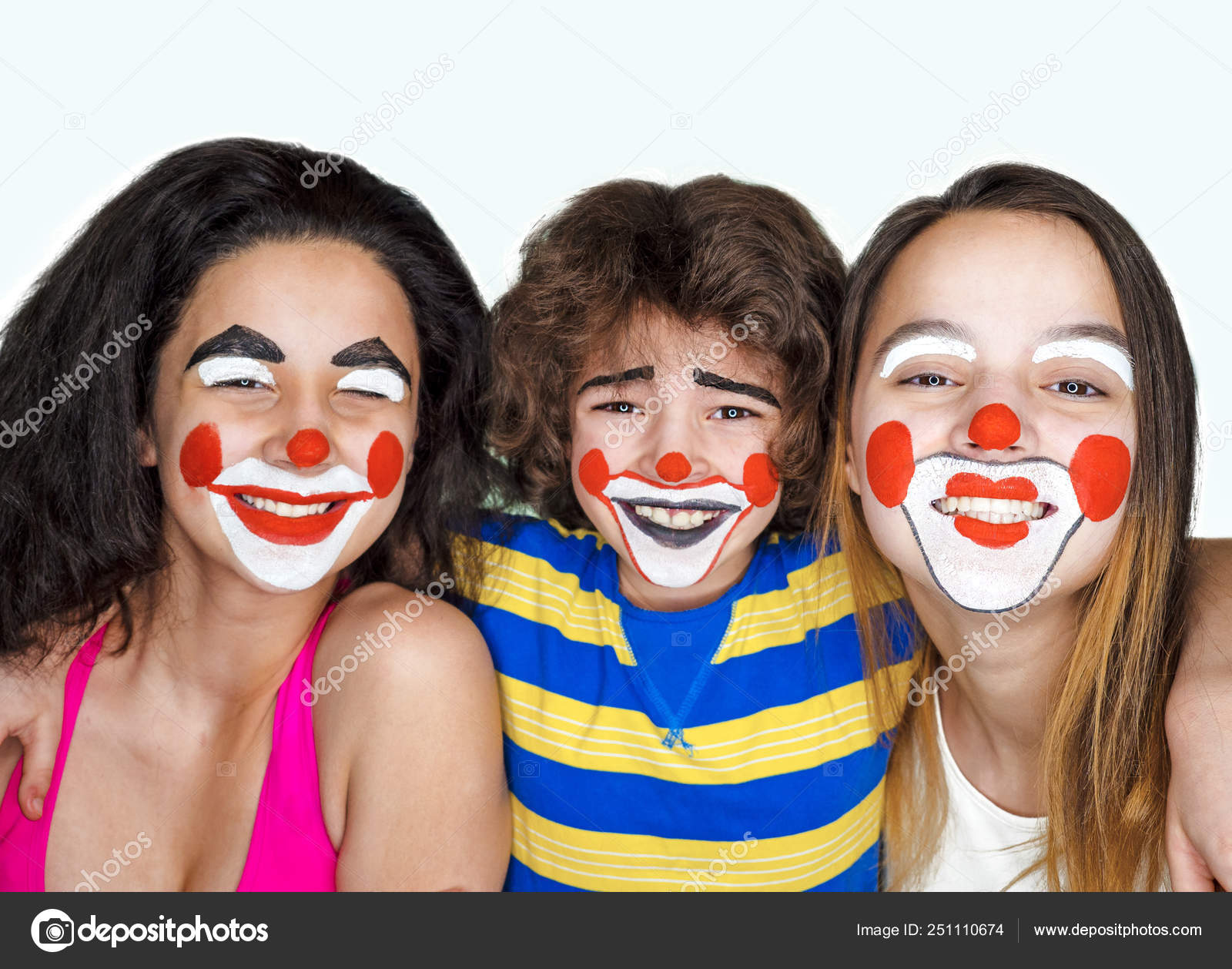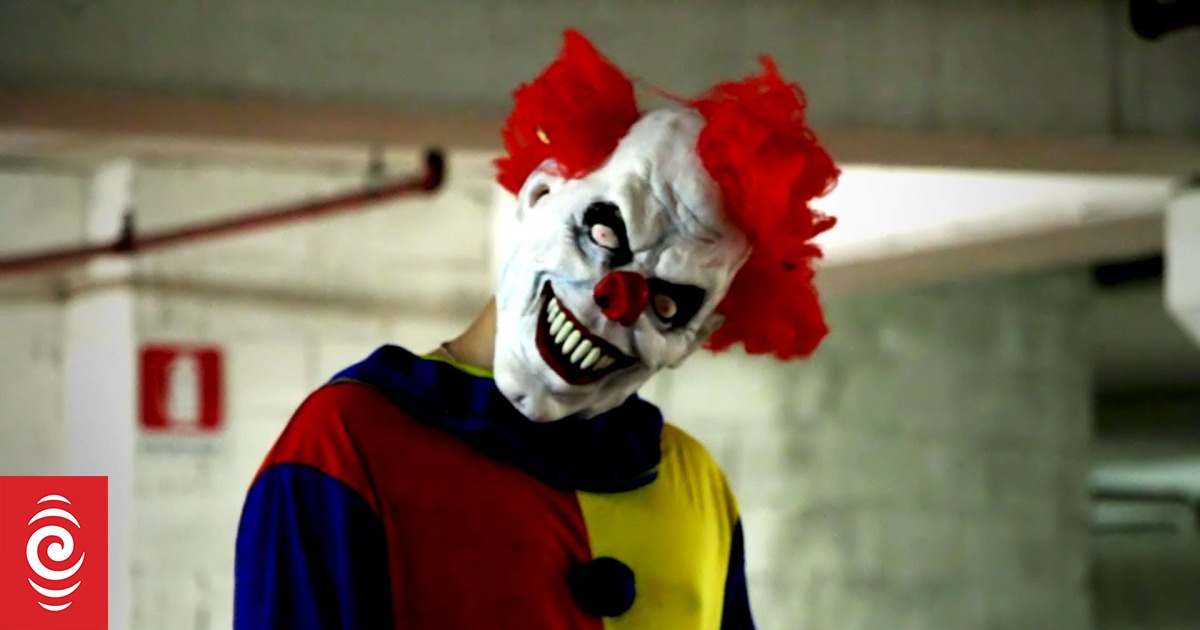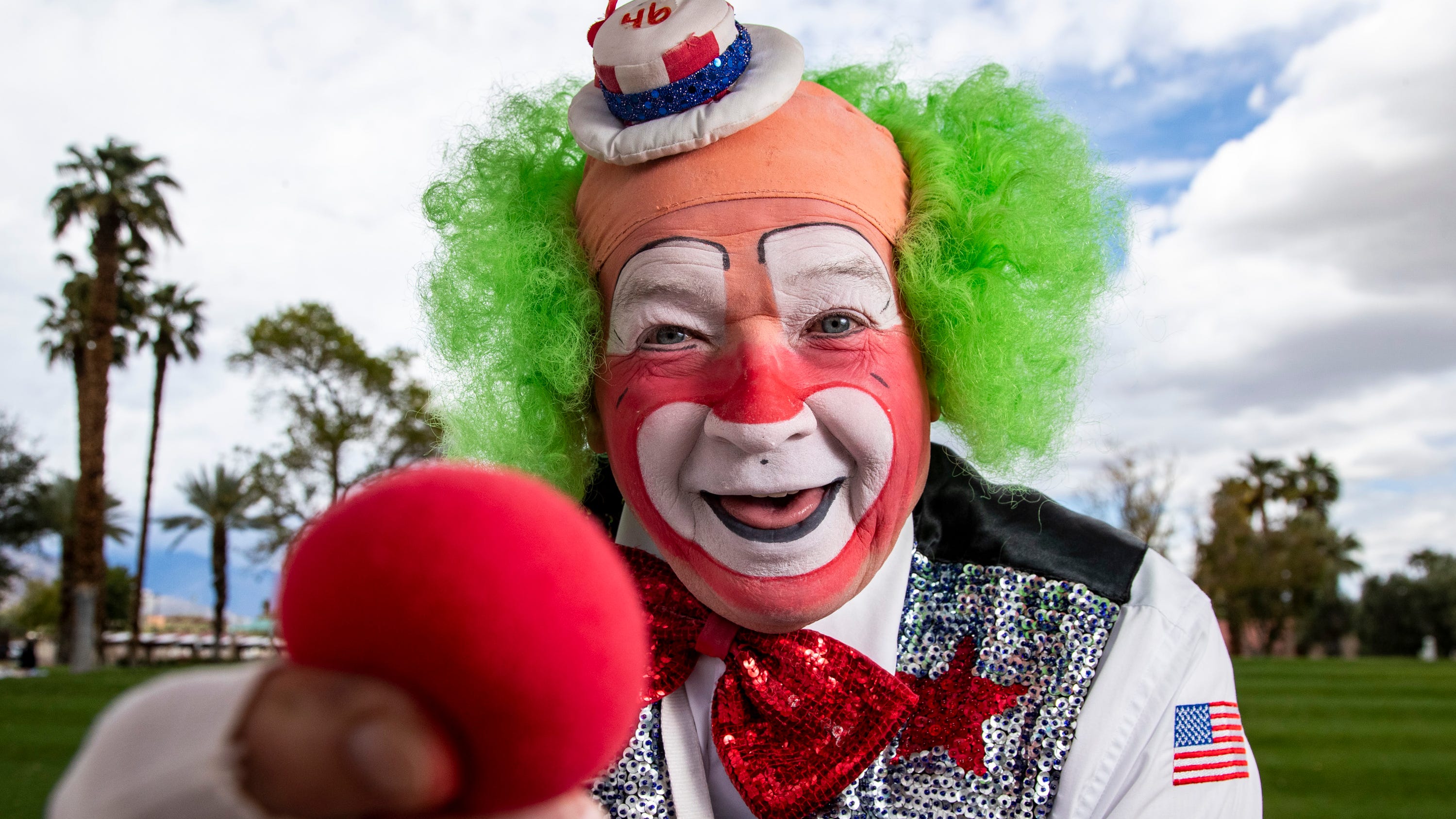Getting The All Occasion Performers To Work
Getting The All Occasion Performers To Work
Blog Article
All About All Occasion Performers
Table of ContentsMore About All Occasion PerformersFacts About All Occasion Performers RevealedExamine This Report about All Occasion PerformersUnknown Facts About All Occasion PerformersThe Greatest Guide To All Occasion Performers
Political illustrator Thomas Nast based his illustrations of Uncle Sam on Rice and his costume. Dan Rice was an achieved animal fitness instructor. He concentrated on pigs and burros, which he educated and marketed to other clowns. He also offered an act with an experienced rhinoceros and is the only individual in circus background to present a tightrope strolling elephant.He was also a benefactor that gave generously to lots of charities and he set up the initial monolith to soldiers killed during the Civil Battle - Dallas corporate events Dallas. Origins of the Auguste characterThere is a commonly informed tale concerning the origins of the Auguste clown. According to the legend, an American acrobat called Tom Belling was performing with a circus in Germany in 1869
Belling took off running, ending up in the circus arena where he fell over the ringcurb. In his humiliation and rush to leave, he fell over the ringcurb again on his way out. The manager commanded that Belling continue showing up as the Auguste.
The Single Strategy To Use For All Occasion Performers
For something, words Auguste did not exist in the German language up until after the personality became popular. One of the theories of the actual beginning is that Belling duplicated the personality from the R'izhii (Red Haired) clowns he saw when he explored Russia with a circus (https://www.pubpub.org/user/todd-burton). Personalities like the auguste definitely existed formerly

The dance later became known as faucet dancing. It needs to be noted that there are alternate 'beginnings' for the vagrant character"among which was the traveling "hoe young boys," or itinerant farm workers, who rode the rails from one community to one more, wiping the residue far from their eyes & mouth.
The 6-Minute Rule for All Occasion Performers
Keep in mind that the scare wig, exaggerated lips and eyes, oversized clothing and props of the American clown, props such a sparkling water, packed clubs, exploding cigars, and whistles filled with residue, are not Grimaldi's. They come straight from the source from Tambo and Bones. The English blackface comedian Charles Mathews came to America in 1822 to execute and studied black life and customs.
In such plays there is a combination of characters consisting of "kings" and "saints", cross-dressing, and blackface roles; the faces of Morris (or "Moorish") professional dancers were also smudged. The majority of were performed by inadequate males in the hungry time after Christmas.
The Derby Play of the Tup was executed for food and beer by out of work young people. One such protest has actually gone into American history as the Boston Tea Celebration.
What Does All Occasion Performers Do?

While not the lavish affairs we consider today, some early, rougher types of traveling circus were preferred in America from Revolutionary times-- George Washington was a follower. Blackface clowns done in them from at least the 1810s and perhaps prior to; they were a staple by the 1820s. The large red or white mouth repainted on by modern-day clowns is a residue of the blackface mask.
The blackface mask was a clown's camouflage, overemphasizing the face attributes right into an animation, a caricature. The blackface clown may be the forerunner of today's anodyne circus clown, yet otherwise the two are as opposite as blackface and whiteface.
Some Of All Occasion Performers
In lots of customs the clown would show some physical deformity, like a hunchback, dwarfism-- or like Jim Crow, lameness. And since he was various, an Others, the clown was enabled to claim and do things no one else could.
Witticism and apology were central to minstrelsy. It's fascinating that in the West African societies where most slaves came, the poet-singer griot offered the same ridiculing jester function when the occasion arose. That might have something to do with the curious (to us, recalling) ease with which Southern Blacks approved not simply the songs but also the demeaning wit of minstrelsy.

Emmett Kelly was the very best recognized tramp clown with his character "Fatigued Willie."Tramp clowns are experienced: + jugglers + magicians + pianists + chalk talk artist + bicyclists. There are delighted tramps and angry vagrants. There seems to be a wide array of vagrant clowns - https://www.goodreads.com/user/show/179107737-todd-burton. The most standard aspect of vagrant clowns is that nothing is traditional other than the white mouth, which was stemmed from minstrel blackface cosmetics.
Report this page